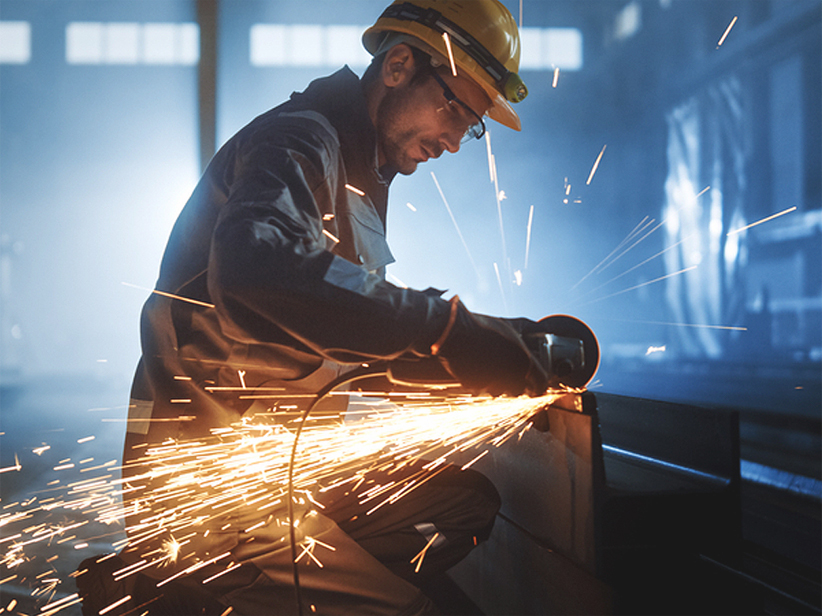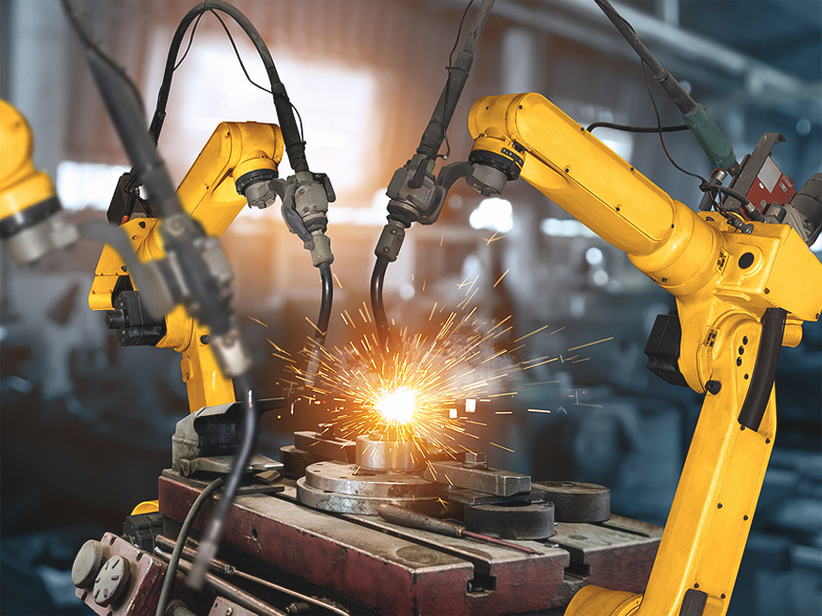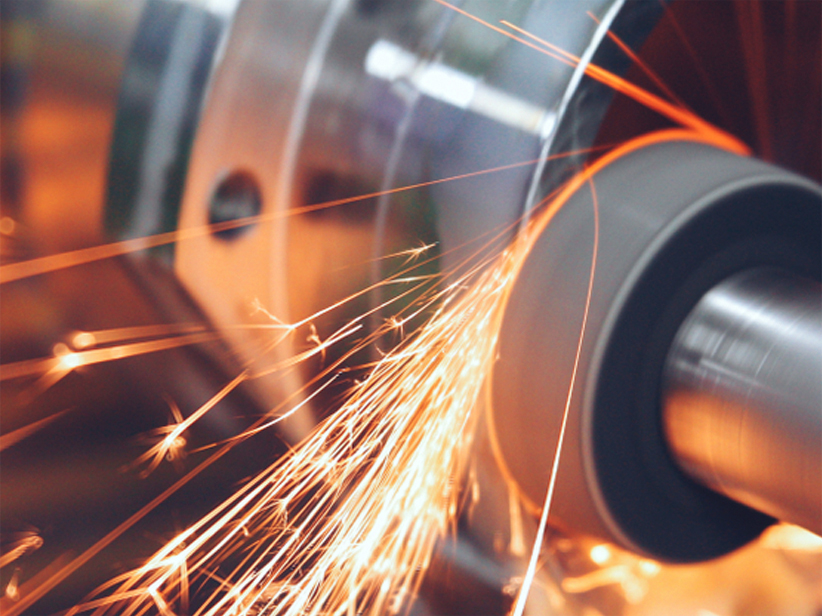What is Austenitic Stainless Steel? Composition, Grades, and Applications
Austenitic stainless steel is a type of stainless steel alloy that is characterized by its high chromium and nickel content, making it exceptionally resistant to corrosion. The word "austenitic" is used to describe its crystal structure obtained by the addition of sufficient amounts of these elements that lead to a face-centred cubic (FCC) structure. This structure enhances its strength, toughness, and ductility.
Austenitic SS has become very popular worldwide, and in India, because of its excellent properties. Its flexibility and suitability in different environments are essential for a wide range of applications in, for example, construction, automotive, food or healthcare.
Key Properties of Austenitic Stainless Steel
Non-Magnetic Nature: In contrast to ferritic or martensitic stainless steel, austenitic stainless steel in general is nonmagnetic. In this way, it can be used for low magnetic permeability applications, such as electronic or biomedical equipment. In contrast to martensitic stainless steels, austenitic SS is not hardenable by heat treatment. On the other hand, it is based on cold working processes to improve its mechanical characteristics.
Corrosion Resistance: Due to high chromium and nickel content, it confers excellent resistance to rust and oxidation in extreme conditions, including marine and chemical processing environments.
Strength and Toughness: Austenitic stainless steel has excellent properties in terms of mechanical performance over a broad temperature range. It can be cold worked to increase its strength and hardness and thus it is suitable for high mechanical performance applications without loss of ductility. It’s both strong and tough, making it a reliable material in demanding applications.
Versatility: Its versatility across domains derives from the ease with which it can be manipulated (formed, welded, polished), and the ability to also provide aesthetic appeal and functionality.
Austenitic Stainless Steel Composition
The main alloying constituents of austenitic stainless steel are chromium, nickel, and manganese. Furthermore, it contains a lower quantity of carbon content and other alloying elements. Specific models such as the 200 series and 300 series are classified according to their content.
Below is a table showing common compositions:
| Element | Grade 304 (%) | Grade 316 (%) | Grade 321 (%) |
| Chromium | 18.0 - 20.0 | 16.0 - 18.0 | 17.0 - 19.0 |
| Nickel | 8.0 - 10.5 | 10.0 - 14.0 | 9.0 - 12.0 |
| Manganese | 2.0 max | 2.0 max | 2.0 max |
| Molybdenum | - | 2.0 - 3.0 | - |
| Carbon | 0.08 max | 0.08 max | 0.08 max |
| Titanium | - | - | 5xC min |
These properties, in common, give austenitic stainless steel its distinctive properties, including very good corrosion resistance and mechanical properties.
Popular Austenitic Stainless Steel Grades in India
Grade 304: Grade 304, or the "workhorse" of stainless steel, is the most widely used austenitic stainless steel. Its excellent corrosion resistance and ease of fabrication make it ideal for kitchen equipment, architectural applications, and chemical containers.
Grade 316: Grade 316, which is recognised for its high resistance to pitting and crevice corrosion because it is impregnated with molybdenum, is favoured in applications involving the marine industry, pharmaceutical equipment, and food processing.
Grade 321: This grade stays stabilized using titanium so that it is not susceptible to intergranular corrosion. It is widely employed in high-temperature settings including aerospace and heat exchangers.
Applications of Austenitic Stainless Steel in India
Construction: Widely applied in structural parts, walls and roofs because of its corrosion resistance and finishing effect.
Automotive: Used in exhaust systems, fuel tanks, and trim in decorative applications, due to its strength and resistance to oxidation.
Food Processing: Maintains cleanliness and prevents contamination in manufacturer’s workshop equipment, storage tanks and cooking utensils.
Healthcare: Crucial to the use of surgical instruments, implants, and hospital equipment because of its biocompatibility and its ability to be sterilised.
Because austenitic stainless steel can withstand corrosion in the wide range of climatic conditions of India, from humid coastal regions to dry regions, it is well suited.
Advantages of Using Austenitic Stainless Steel
Durability: Featuring excellent wear resistance, it delivers a durable performance.
Aesthetics: Because of its shiny, polished look it contributes to the visual attractiveness of goods and buildings.
Recyclability: Austenitic stainless steel is 100% recyclable and, therefore an environmentally responsible material option.
Ease of Fabrication: Its ductility and weldability facilitate simple forming and joining, meeting the demands of complex designs.
Challenges in Working with Austenitic Stainless Steel
Although austenitic stainless steel has a lot of benefits, there are some limitations:
Work Hardening: It is known to rapidly harden during machining, leading to processing difficulties.
Higher Costs: The addition of nickel or other elements increases the cost as compared with some other types of stainless steel.
Susceptibility to Chloride Stress Corrosion Cracking (CSCC): Under certain conditions, chloride ions may cause the delamination phenomenon, which requires careful selection of materials for such environments.
Future of Austenitic Stainless Steel in India
Industrial development and infrastructure construction in India have created a growing demand for austenitic stainless steel. Further developments in metallurgy are improving its properties and thus becoming more cost-effective and flexible. With the push towards sustainable and durable materials, austenitic stainless steel is expected to see widespread adoption in renewable energy, advanced manufacturing, and urban infrastructure projects.
Frequently Asked Questions
Austenitic stainless steel is a type of stainless steel alloy with high chromium and nickel content, characterized by its corrosion resistance, strength, and ductility.
Austenitic stainless steel is nonmetallic, resists corrosion, and is very tough, while martensitic stainless steel is magnetic, hard, and less resistant to corrosion.
316 stainless steel is an austenitic stainless steel with excellent corrosion resistance and high-temperature performance.
No, 304 stainless steel is an austenitic type, which is very popular thanks to its multiple uses and corrosion properties.
Austenitic stainless steel is employed in construction, automotive, food processing, healthcare, and marine sectors owing to its strength, corrosion resistance, and ease of maintenance.
Comprehending austenitic stainless steel's composition, grades, and usage, it becomes an important material that can meet the demands of different industries and solve problems effectively. Its future in India is hopeful based on the drive for innovation and rising industrial requirements.







